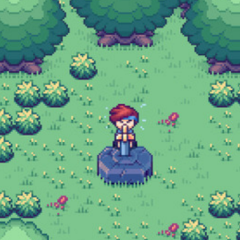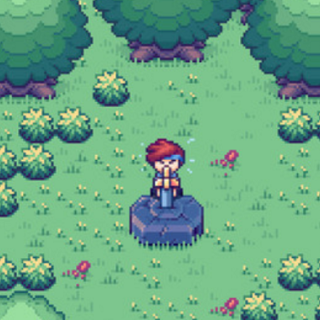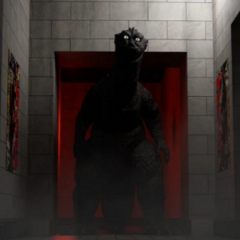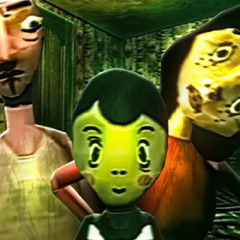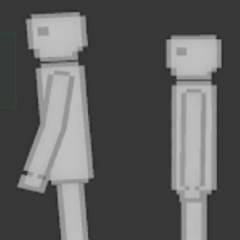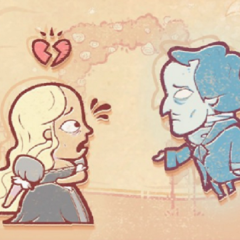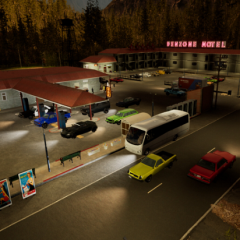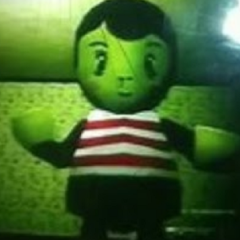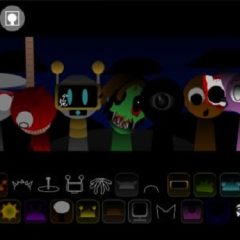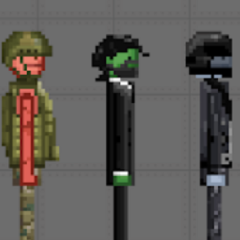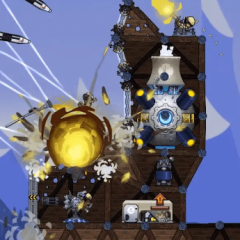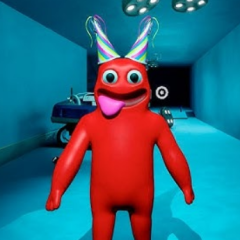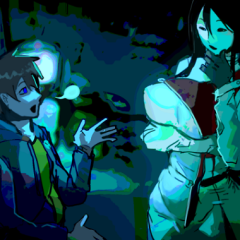There Is No Game: Wrong Dimension presents itself as something you’re not supposed to play, constantly breaking the fourth wall and challenging expectations. From the opening screen, the narrator insists there’s nothing to do, pushing players to interact in ways that feel like mistakes but are actually solutions. The humor comes from subverting basic game mechanics—menus glitch, levels refuse to start, and everything reacts as if you’re interrupting something that wasn’t meant to be touched. It plays with structure, acting like a puzzle hidden inside a refusal to exist.
Shifting Genres and Creative Problem Solving
As players progress, they’re pulled through different “dimensions,” each mimicking a specific game genre but with broken or intentionally misaligned rules. You might find yourself inside a classic point-and-click interface, an 8-bit action segment, or a physics-based puzzle—only nothing works as expected. The fun lies in using logic in illogical environments: dragging menu elements, tricking the narrator, and poking at things that aren’t supposed to react. Each level becomes a test of creativity more than skill, with solutions hidden behind unconventional thinking.
Narrative Tone and Interactive Comedy
The voice acting, especially from the sarcastic narrator, drives much of the game’s tone. His frustration, confusion, and reluctant assistance create a comedic rhythm that guides the experience without traditional storytelling. There Is No Game: Wrong Dimension uses humor, glitches, and self-aware design to replace standard gameplay with something more meta and playful. Instead of asking players to win or lose, it asks them to disrupt, question, and laugh at what games usually are. The result is a highly interactive experience that rewards curiosity and persistence with surprise after surprise.

